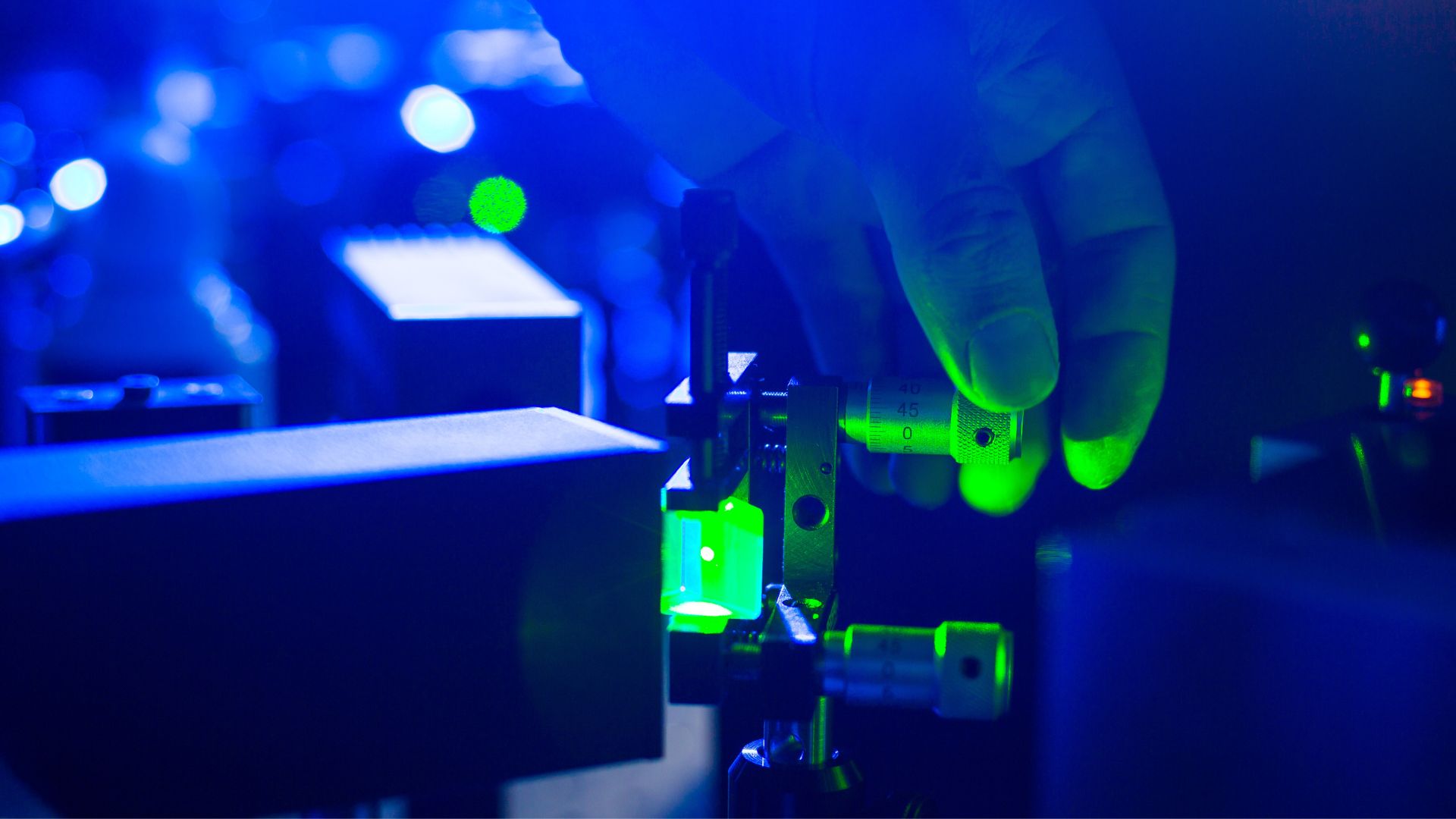Researchers have discovered a powerful new way to shield atoms from losing quantum information, a long-standing hurdle in building reliable quantum technologies.
By using a single, carefully tuned laser beam, physicists managed to keep atomic spins aligned in a gas of cesium atoms, cutting down information loss by nearly ten times.
The technique significantly reduces “spin relaxation,” a major challenge in quantum sensors and memory systems, where atoms lose their magnetic orientation due to collisions and environmental disturbances.
The work, led by scientists from the Hebrew University of Jerusalem and Cornell University, could make quantum devices more stable, compact, and practical, without relying on bulky shielding or ultra-low temperatures.
Spin synchronization through light
Traditionally, preventing spin relaxation has involved extreme setups like low magnetic fields, cryogenic temperatures, or complex shielding.
This new method avoids all that. Instead, it uses laser light to subtly shift the energy levels of atoms, aligning their spins and keeping them synchronized, even while they bounce off cell walls or collide with each other.
“By harnessing the natural motion of atoms and using light as a stabilizer, we can now preserve coherence across a broader range of conditions than ever before,” the researchers said.
In a lab setup with warm cesium vapor, the team achieved a nine-fold improvement in how long the atoms retained their spin orientation.
The results show that light can serve as an effective stabilizer of quantum states, working even at room temperature and high magnetic fields.
The breakthrough came from synchronizing the precession of atomic spins using laser-induced “light shifts.” These shifts act like a tuning fork, forcing the atoms’ magnetic moments to stay in sync despite disturbances, much like spinning tops maintaining rhythm inside a chaotic box.
More robust quantum devices
The implications reach far beyond the lab. Devices that rely on atomic spin, like magnetometers, quantum sensors, and navigation systems, could benefit enormously.
The new method could improve sensors used in brain imaging, archaeology, and even space exploration. It could also boost precision navigation tools that don’t depend on GPS and advance quantum information systems where spin coherence is essential.
“This approach opens a new chapter in protecting quantum systems from noise,” the researchers said.
The team included Avraham Berrebi, Mark Dikopoltsev, Prof. Ori Katz from Hebrew University, and Prof. Or Katz from Cornell.
Their technique builds on decades of research in atomic physics but introduces a simple and elegant solution that may reshape the way we stabilize quantum systems.
Crucially, the use of light instead of magnets or cryogenics means this approach is easier to scale and deploy in real-world conditions.
By proving that a single laser beam can dramatically improve quantum stability, the researchers have taken a major step toward making next-generation quantum tools more accessible, accurate, and durable.
The study is published in the journal Physical Review Letters.
